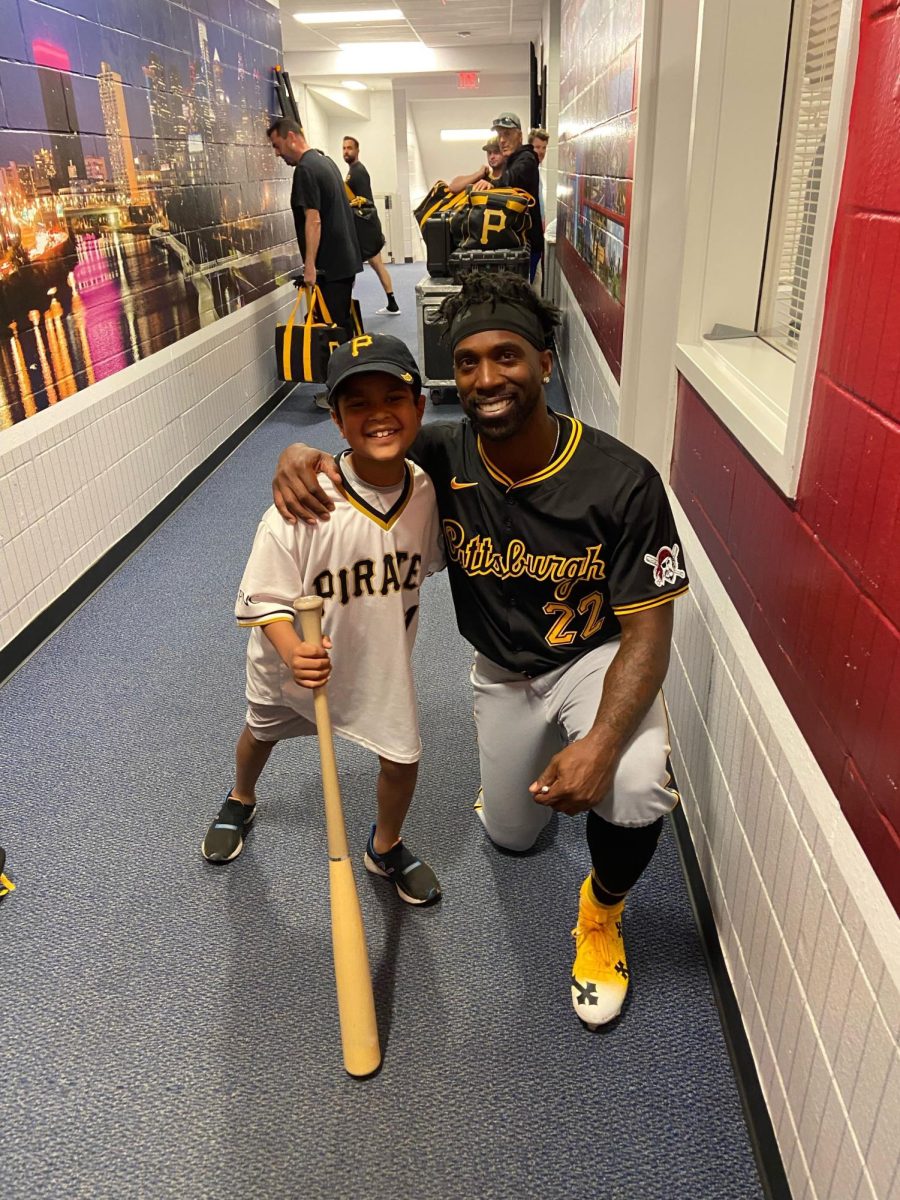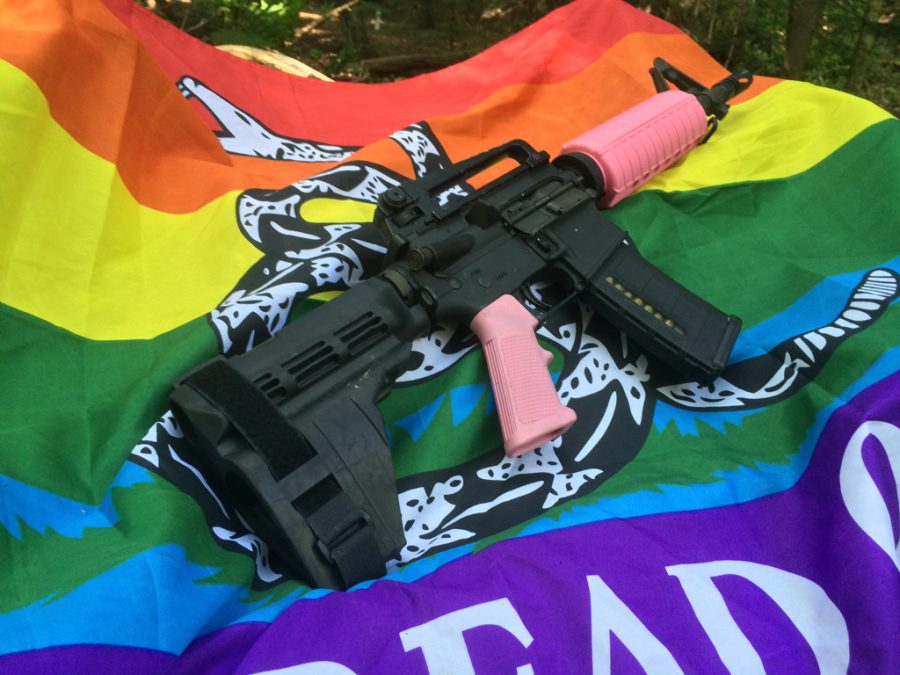Donald Trump’s endorsement by the National Rifle Association — and his son’s leadership of the Second Amendment Coalition — promises to bring concealed carry to the focus of the gun control debate.
Various factions across the country will be squaring off for a clash over this central element in firearms regulation. At the forefront of this confrontation is a bill aiming to fundamentally change the landscape of gun rights in America: the H.R.38 Concealed Carry Reciprocity Act of 2017.
Concealed carry permits are state-issued and may only be recognized in certain states depending on state-level, rather than federal, agreements. For example, individuals with a Pennsylvania-issued permit are legally capable of carrying a firearm into Ohio or West Virginia. However, a quick trip into New York or New Jersey while carrying can easily earn them a felony charge for criminal possession.
H.R.38 is aimed at simplifying the complicated patchwork of state-level reciprocity agreements across the country. Chief among the bill’s objectives is the creation of a uniform, nationwide reciprocity bill where any state-issued concealed carry permit is valid in all other states that do not outlaw concealed carry. This would abolish the system of patchwork state agreements, where travelling across state lines can result in a felony charge for a citizen with a concealed carry permit. Furthermore, the bill upholds an individual’s right to ban concealed firearms on privately owned property.
Despite the advantages in simplifying the concealed carry system in the United States, supporters of the bill face a tough fight ahead, threatened by possibilities of a Senate filibuster and the millions of dollars in the reserves of gun control lobbying groups. Democrats who oppose concealed carry claim that gun-related crime will increase and that carrying a gun makes one more susceptible to injury while attacked.
Other Democrats, such as DNC Platform Committee Member Bonnie Schaefer, take the anti-gun platform a step farther. “I really don’t personally think anyone should have a gun,” she said during the drafting of the Democratic party platform.
While I own firearms appropriate for both sporting and defensive purposes, I do not currently carry one. To better understand those who do, I decided to reach out to the Pittsburgh chapter of Pink Pistols — an organization “dedicated to the legal, safe and responsible use of firearms for self-defense of the sexual-minority community.” Featured prominently in the Pink Pistols mission statement are the lines, “We teach queers to shoot. Then we teach others that we have done so. Armed queers don’t get bashed.”
After organizing a range trip and spending an afternoon with some of the members, I posed a familiar question to those that own and carry firearms on a regular basis — why? I could tell from the way the group interacted that, though the rise of hateful rhetoric was frightening, each member thoroughly believed in their duty to protect themselves and each other. For the sake of their personal safety, members I interviewed requested anonymity.
For some, carrying a concealed weapon was a relatively new decision. One cited the sudden rise of hate crimes in the aftermath of the election. Buying and carrying a gun was simply more conscionable than changing their lifestyle or self-expression out of fear.
But for all members, the responses were universally centered on how carrying a firearm gave them the immediate ability to protect oneself and loved ones from harm. Many frequently trained at the range, introducing friends or relatives to the responsible and effective use of firearms for self-defense.
Many gun control advocates look at concealed carry as a risk factor for a possible spike in criminal activity. But research data paints a very different picture. The number of concealed carry permits rose by 215 percent from 2007 to 2015 while the crime rate has plunged. While this alone is insufficient evidence to suggest a relationship of causation, it certainly negates the claim that America’s streets will devolve into spaghetti-western-style shootouts.
There is also evidence suggesting that armed civilians may play a role in deterring crime. Surveys of convicted felons demonstrated a greater fear of armed victims than run-ins with the police.
Amplifying the deterrent effect on crime is the fact that permit holders are the most law-abiding demographic in the United States. The general population commits misdemeanors and felonies at about 3,813 crimes per 100,000 individuals while the rate for police officers rests at 103 crimes per 100,000 officers. Taking from the most comprehensive data sets in Florida and Texas, concealed carry permit holders commit misdemeanors and felonies at just 22.3 crimes per 100,000 individuals — less than 0.6 percent of the general population rate and just 21.7 percent of the rate for police.
The low crime rate makes sense — to just acquire a permit and a firearm, an individual must undergo multiple background checks examining criminal history, mental health, military service and more. Even the recreational use of marijuana where it is legal under state law disqualifies one from passing a background check for a firearm due to the direct conflicts with federal law.
Contrary to claims that concealed firearms are more likely to harm than to help, a Center for Disease Control study published in 2013 “found consistently lower injury rates among gun-using victims compared with victims who used other self-protective strategies.” Defensive gun uses aren’t rare events either, with the report calling them a “common occurrence … with estimates of annual uses ranging from about 500,000 to more than 3 million per year.”
Even in a world which gradually grows safer and safer, a common thread among those who choose to carry a concealed firearm is a belief that you are most responsible for your own personal safety. When seconds matter but help could be minutes away, carrying a self defense tool is not about the odds but more about the stakes. Pink Pistols brought this reality into painful focus for me.
As one member concluded, carrying a gun gives her a chance to respond to violence — to not live in fear.



